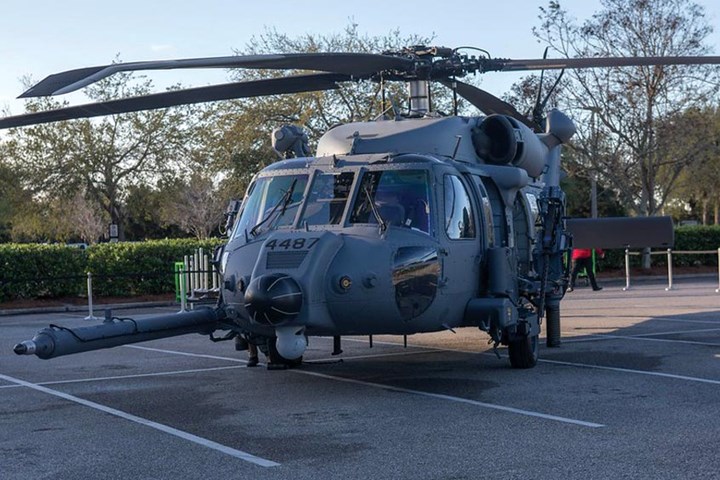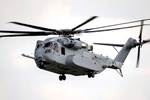Sikorsky extends Kaman Aerospace cockpit deal for the HH-60W helicopter
Kaman’s work will include final assembly of the cockpits, detail metal part manufacturing and procurement of composite parts, in addition to other associated components.

Photo Credit: Sikorsky Aircraft
Kaman Aerospace Group Inc. (Bloomfield, Conn., U.S.), a subsidiary of Kaman Corp., announced that its Kaman Aerospace Jacksonville Division located in Jacksonville, Florida (Kaman) has received a follow-on award from Sikorsky Aircraft (Stratford, Conn., U.S.), a Lockheed Martin (Bethesda, Md., U.S.) company, for the HH-60W Combat Rescue Helicopter (CRH) cockpit. This award secures deliveries of the HH-60W cockpit from 2022 through 2025.
Kaman’s existing workforce of highly skilled engineers, technicians, assemblers and support personnel in Jacksonville, Florida, will support the activity. “Kaman is excited to continue to support this U.S. Air Force Program,” says William Zmyndak, vice president/general manager of Kaman Aerospace Jacksonville. “Kaman is committed to delivering a quality product to the CRH program and appreciates the opportunity to sustain a strong supplier relationship with Sikorsky.”
The work has included final assembly of the cockpits as well as detail metal part manufacturing, and procurement of wiring harnesses, composite parts, hardware, flight control mechanisms and other H-60 cockpit associated parts. Kaman has been providing H-60 cockpits since 2004.
Related Content
-
US Air Force selects Integris Composites ballistic body armor
Cratus Wave armor is thin, lightweight and reduces heat stress, providing buoyant personal protection for the 582nd Helicopter Group.
-
Large-format 3D printing enables toolless, rapid production for AUVs
Dive Technologies started by 3D printing prototypes of its composite autonomous underwater vehicles, but AM became the solution for customizable, toolless production.
-
“Structured air” TPS safeguards composite structures
Powered by an 85% air/15% pure polyimide aerogel, Blueshift’s novel material system protects structures during transient thermal events from -200°C to beyond 2400°C for rockets, battery boxes and more.













